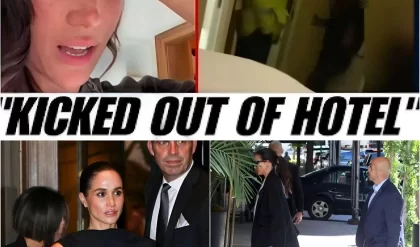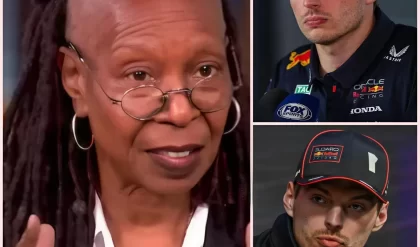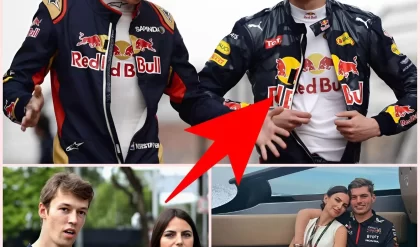NASCAR’s Cracker Barrel 400 at Nashville Superspeedway on June 1, 2025, delivered high-octane drama, but it wasn’t just Ryan Blaney’s first win of the season that stole headlines. A fiery incident involving Spire Motorsports’ Carson Hocevar and Ricky Stenhouse Jr. sparked a scathing rebuke from NASCAR legend Dale Earnhardt Jr., igniting a firestorm of debate about the young driver’s future. Hocevar, a 22-year-old rising star, finished a career-best second, but his aggressive tactics—culminating in a Lap 106 collision that sent Stenhouse’s No. 47 Chevrolet crashing into the wall—drew sharp criticism from Earnhardt and others, raising questions about his reckless approach and lack of accountability. The fallout, captured in a viral YouTube video, has put Hocevar’s promising career at a critical crossroads.

The incident unfolded in Stage 2 at Nashville, as Hocevar, riding a wave of momentum, bumped Stenhouse in Turns 3 and 4, causing the Hyak Motorsports driver to lose control and suffer his first DNF of 2025. Stenhouse, visibly frustrated, called the move “overaggressive” and vowed to address it, hinting at potential retaliation. Hocevar, however, downplayed the contact in a post-race interview with Prime Video, claiming it was a “common move” and expressing uncertainty about the incident until he could review the replay. This lack of remorse fueled Earnhardt’s blistering warning during the broadcast, where he called out Hocevar’s refusal to acknowledge the wreck. “I hear a guy that doesn’t know that he ran into the back of somebody and wrecked them,” Earnhardt said, delivering a masterclass in measured yet devastating critique. His words, echoed by former driver Carl Edwards, underscored a growing concern: Hocevar’s aggressive style, while thrilling, is alienating the garage and inviting consequences.

Earnhardt, a NASCAR Hall of Famer and Prime Video analyst, didn’t hold back, praising Hocevar’s talent and charisma but slamming his decision to “not cut the 47 a break.” He warned that Hocevar’s unapologetic approach—reminiscent of his father Dale Earnhardt Sr.’s fearless style—could backfire. “You gotta pick and choose who your enemies are,” Earnhardt cautioned, noting that Hocevar’s “blanket the garage” mentality risks making powerful foes like Stenhouse, who famously clashed with Kyle Busch in 2024. Edwards piled on, reflecting on his own experiences with retaliation, warning Hocevar of the “painful price” awaiting drivers who cross lines without remorse. The phrase “nobody’s stepped to him just yet” carried an ominous tone, suggesting the NASCAR garage’s unwritten code of justice may soon catch up with the young driver.

Hocevar’s history amplifies the controversy. Earlier in 2025, he clashed with veterans like Kyle Busch, Ryan Blaney, and Ross Chastain at Atlanta, drawing ire for poorly timed moves. A 2024 incident at Nashville, where he spun Harrison Burton under caution, led to a $50,000 fine and 25-point deduction, with Earnhardt criticizing NASCAR’s delayed response. His pattern of aggression, coupled with a refusal to apologize, has painted him as a polarizing figure—a “feather-ruffler,” as Kyle Petty described him. Yet, Earnhardt sees potential, noting Hocevar’s second-place finish as proof of his skill. “I like his attitude, his personality, his style,” Earnhardt said, but urged him to channel it wisely to avoid self-destruction.
The Nashville incident has broader implications. Hocevar’s runner-up finish, just 2.83 seconds behind Blaney, showcased his raw speed and strategic pit stops, but the headlines focus on his clash with Stenhouse. Fans on X are divided—some praise his bold style, comparing him to Earnhardt Sr., while others slam his recklessness, with one user joking he might “get punched” like Busch did. Kenny Wallace echoed Earnhardt’s warning, suggesting NASCAR tolerates such antics for ratings but predicting payback from Stenhouse. As the Cup Series heads to Michigan’s FireKeepers Casino 400, Hocevar faces a pivotal moment: mature into a respected star or risk becoming a pariah. Earnhardt’s warning, rooted in a desire to see him succeed, serves as a final call to clean up his act before the garage—or NASCAR—delivers a harsher lesson.





